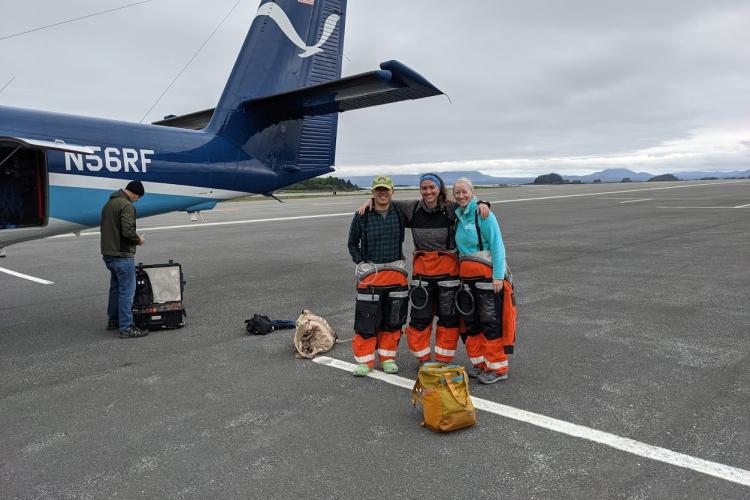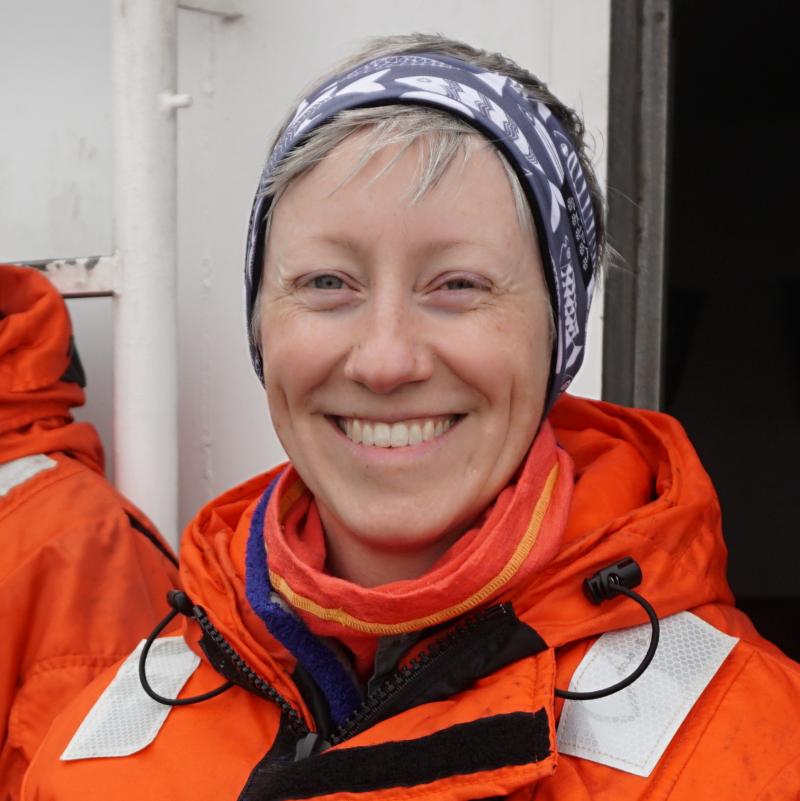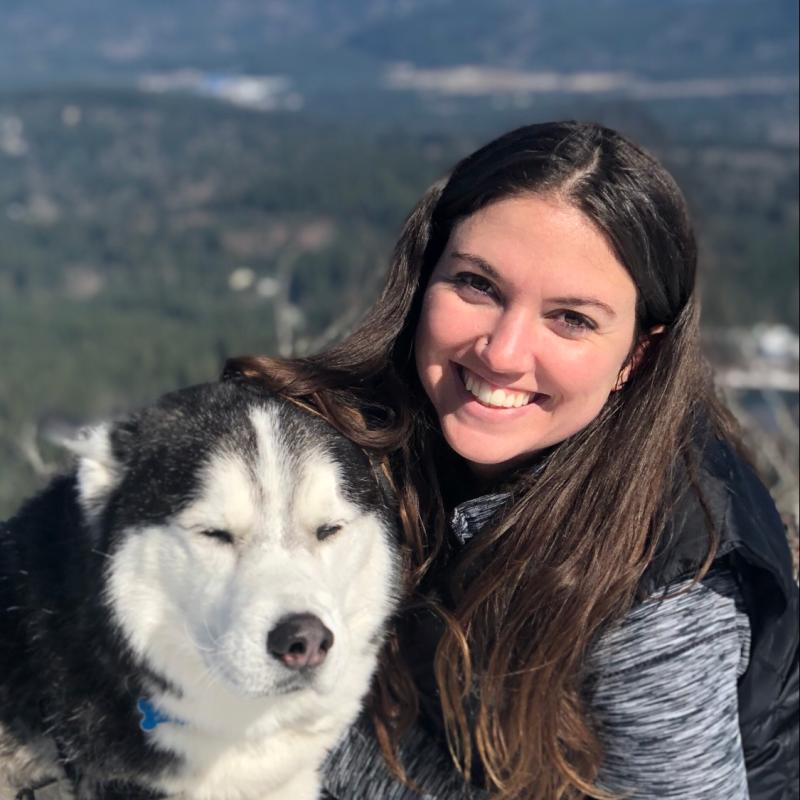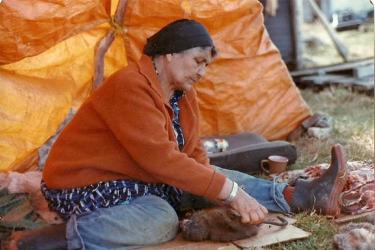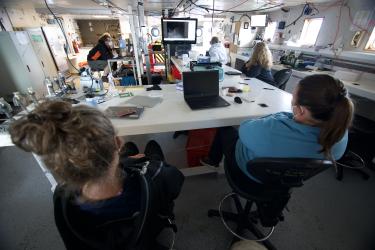Week of June 20, 2021
Greetings from Sitka! Burlyn and I successfully completed our 7-day Shelter in Place in Anchorage and were finally able to join the rest of our field team. We’re all getting really good at taking self-administered COVID tests! Our first team task was to install our survey equipment into the Twin Otter.
The skilled mechanics with NOAA’s Aircraft Operations Center set up most of the technical components of our system, including installing the wood frame in the belly of the plane, attaching power cables, and securing sensors that gather information from the plane (e.g., GPS coordinates, altitude, and speed). Pretty much all that was left for Ben, Burlyn, and I to do was to set up the cameras and test that the system was operating properly.
Our system includes three cameras that “fire” or take photos simultaneously. The center camera points straight down, the port (left) side camera points to the right, and the starboard (right) side camera points to the left. This allows us to photograph a very wide swath underneath the plane - at an altitude of 750 feet, our image footprint is ~200,000 square feet!
The camera system also compensates for the movement of the plane so we don’t get blurry images. For each set of photos captured, the camera mount (the silver frame that surrounds the cameras) rocks back and forth to match the plane’s ground speed and reduce image blur.
With install and testing completed, it was time to head to our first base of survey operations: Sitka. Sitka is located in Southeast Alaska, on Baranof Island, approximately 590 miles south of Anchorage. The morning of our first survey flight, our team met to discuss the weather forecast and a flight route. All that was left to do after that was to fuel up the plane and put on our bright orange aerial drysuits!
Completing our first survey flight always feels great. We figure out how to communicate with one another so we operate as a team, we check some sites off of our to-do list and - best of all - we get to see Steller sea lions! We collected a total of 4,689 images (1,563 photos per camera) on our 5-hour survey flight.
We’re all excited to get back in the air, but we’re having a few “down” days (days we can’t fly) due to poor weather, specifically low clouds and rain. The good news is that it looks like conditions will be improving over the weekend. While we wait for our next chance to fly, maybe our readers in the Pacific Northwest can send some of their surplus sunshine our way!
